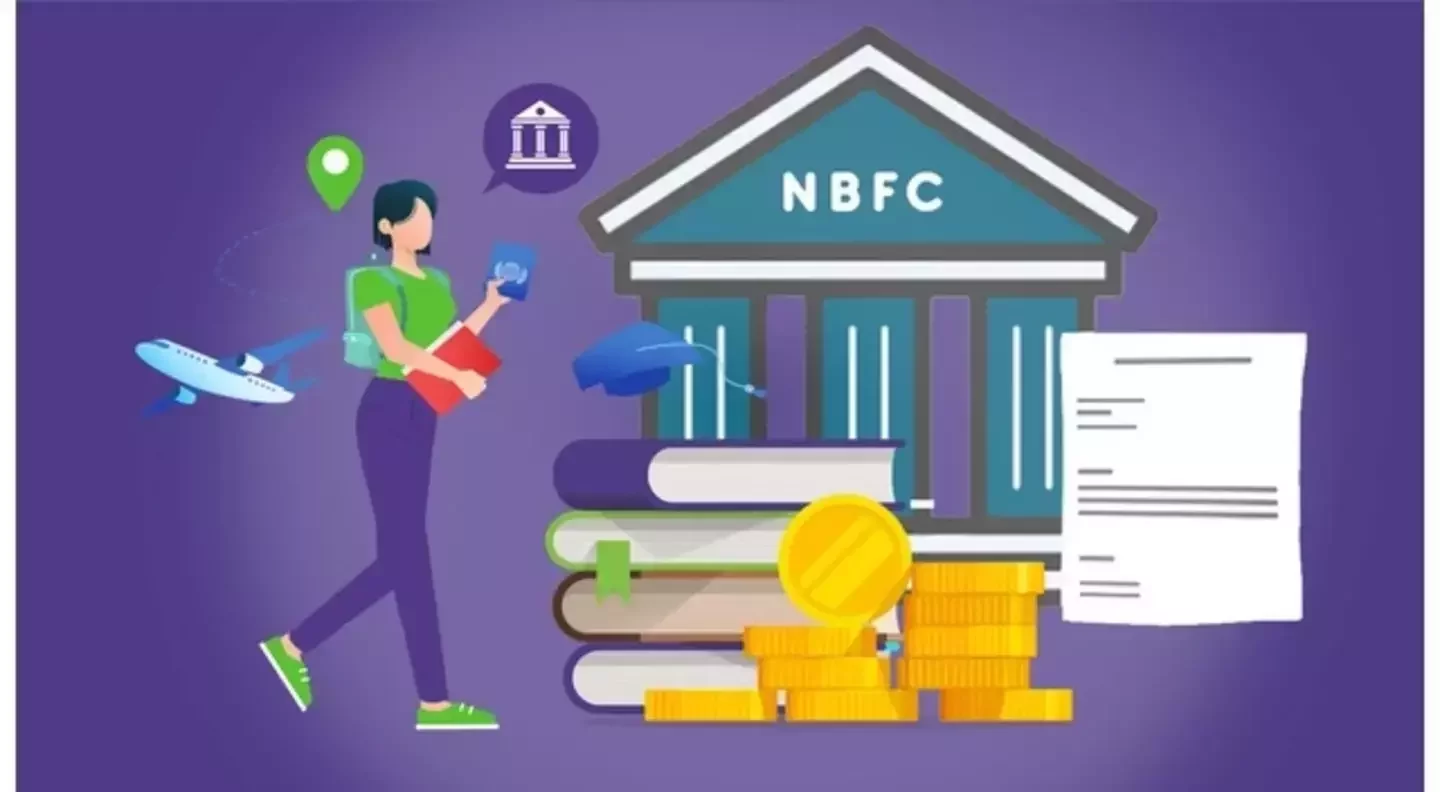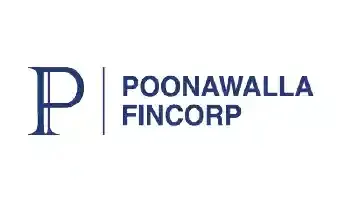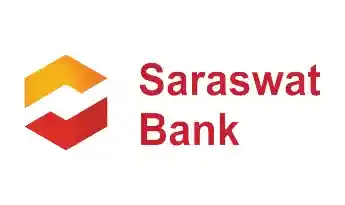Get instant loan offer suitable to your profile !


On this Page:
Explore guide on education loans from NBFCs. Learn about eligibility, interest rates, and benefits to finance your higher education dreams with ease.
According to the Global credit rating agency CRISIL, NBFC education loans are projected to experience a significant growth of up to 40% in the financial year 2023-24. Over 90 percent of the education loans are for studying abroad, with India-based courses accounting for the rest.

Non-Banking Financial Corporations or NBFCs provide financial services and lending options as an alternative to traditional banks. The key distinction between banks and NBFCs is that banks primarily use customer deposits to lend money, whereas NBFCs raise funds from investors, financial institutions, and banks to offer loans to customers. Due to lighter regulations, education loan NBFCs often offer more flexibility to their customers. This blog is designed to help you answer your various queries related to NBFC education loans like which NBFC is best for education loans or the best NBFC for education loans.

HDFC Credila, Avanse, Auxilo, and InCred are the best education loan NBFCs in India. Below is a comparative list of NBFCs providing education loans and highlighting the best NBFC in India for education loan without collateral:
| NBFC | Loan Amount | Interest Rates | Processing Fee | Repayment Tenure |
|---|---|---|---|---|
|
INR 75 Lakh |
11.25 - 13% |
0.5 - 1.25% |
Up to 15 years |
|
|
INR 60 Lakh |
12.25 - 14% |
1 - 2% |
Up to 15 years |
|
|
INR 75 Lakh |
12.25 - 13.5% |
0.5 - 2% |
Up to 15 years |
|
|
INR 65 Lakh |
11.25 - 14% |
0.5 - 2% |
Up to 15 years |
|
|
INR 75 Lakh |
11.50% - 12.75% |
1% + GST |
Up to 13 Years |
|
|
Bajaj Finance |
INR 50 Lakhs |
13% - 15% |
1% - 2% |
Up to 10 years |
|
Muthoot Finance |
INR 25 Lakhs |
11% - 14% |
0.5 - 2% |
Up to 10 years |
*Repayment during studies for all the NBFCs mentioned above is simple interest or partial simple interest

Abroad education loans from NBFCs are financial aid designed for students who wish to study abroad. These education loan NBFCs are usually unsecured loans and covers various expenses.
Education loans provided by NBFCs are specifically designed to help students pursuing higher education overseas. Such loans cover expenses like tuition fees, living expenses, travel, and other study-related costs.
NBFCs primarily offer unsecured education loans, eliminating the need for collateral. However, they may require a co-applicant with a stable income and a good credit history.
The loan amount offered by NBFCs varies and depends upon various factors such as the profile of the student, course of study, university of enrollment, etc. Some NBFCs even offer loans up to INR 50-80 lakhs for top-ranked universities.
Interest rates charged by NBFC are generally higher than those offered by public and private banks. It usually ranges from 10% - 14%, depending on various factors like loan amount, repayment capacity, and co-applicants income.
NBFCs have a faster loan processing time compared to traditional banks. Some lenders approve loans within 7-10 days, making them ideal for students who need funds on an urgent basis
Many NBFCs offer flexible repayment options that allow students to start partial repayments during their studies or opt for extended loan tenures of 10-15 years.

To be eligible for an education loan NBFC, a student must meet the following criteria:







The documentation required for an education loan NBFC without collateral varies depending on the lender. However, some common documents that are usually required include -
Applicants documents:













Co-applicant’s documents:





Income proof for salaried co-applicant/guarantor:




Income proof for self-employed co-applicant/guarantor:







There are various factors that you should consider before finally applying for an education loan from NBFCs. These factors will help you to get the best loan terms that align with your financial needs. Below are some of the factors that you should consider.
This is one of the major factors that the borrower should take into account as it will help you to finance your various educational expenses ranging from tuition fees to living expenses and many more. The loan amount further depends on the profile of the student, course, country, and university of enrollment, as well as the NBFC from which you are taking an education loan. You must ensure that the sanctioned loan amount covers all the cost of your education.
This is another crucial factor that depends on the course and university of enrollment, your credit score, and the loan amount. Interest rates from NBFCs are usually high ranging somewhere between 10% to 16%. You must compare all the loan options and interest rates since this factor majorly affects the cost of an education loan.
This factor allows you to choose from various repayment options since NBFCs provide options such as part payments, step-up EMIs, or one-time repayment.
If you are willing to secure a loan above a certain limit, then certain NBFCs require the collateral to be pledged such as property, FD, etc. NBFCs also offer collateral-free loans that are solely based on the profile of the student and the financial strength of the co-applicant to mitigate the risk of default.
It is crucial on your part to consider what are the expenses that are being covered by the loan amount. You should ensure that your loan amount covers the essential expenses of your education loan so that you do not have to stress about the funds during your course of study.
NBFCs generally charge a processing fee that ranges from 0.5% to 2% of the loan amount. Compare various options to get the best loan terms.
NBFCs are known for their quick processing times compared to traditional banks.
Many NBFCs allow early repayment but may impose prepayment penalties or foreclosure charges. Ensure that you read all the terms related to the loan and compare prepayment policies to reduce the overall burden of interest costs in the future.

| Advantages | Description |
|---|---|
|
No collateral required |
Students do not need to provide any assets as collateral for the loan. |
|
Flexible repayment options |
Repayment periods of 10-15 years, providing students with ample time to repay the loan. |
|
Quick processing |
Streamlined loan processing system, ensuring students receive the loan amount promptly. |
|
More colleges and expenses covered |
Cover various expenses, including tuition fees, living expenses, travel costs, and more. |
|
Customizable loans |
Loan products to cater to the unique requirements of students, offering flexibility in loan terms. |
|
Pre-approval of education loans (selective) |
Pre-approval of loans before admission, saving time and offering financial assurance to students. |
|
Merit-based loans |
Consider academic performance and the chosen course's employability prospects when approving education loans. |

| Disadvantages | Description |
|---|---|
|
Higher interest rates |
Generally have higher interest rates compared to public and private banks. |
|
High processing fees |
Processing fee of 1-2% of the loan amount, increasing the overall cost of the loan for students. |
|
Co-applicant requirement |
Require a co-applicant with a steady income and good credit score, which can be challenging for students. |
|
No tax benefits |
Do not offer tax benefits under section 80E for education loan interest. |
|
Excluded from government schemes |
Not eligible for government schemes that provide benefits on education loans, unlike banks. |
|
Include hidden charges |
May impose various hidden charges, such as bounce charges, prepayment charges, and penalty charges. |
Pro Tip: Situations where NBFCs are a perfect option for an education loan
NBFC education loans offer an alternative financing option for students pursuing higher education. These loans cater to the needs of individuals who may not qualify for traditional bank loans or government-sponsored educational funding. While exploring education loan options, it is essential to consider the terms and conditions associated with education loan NBFC.
This includes being aware of additional charges such as processing fees, prepayment charges, and penalty fees. Properly understanding and comparing these factors wi
Check Your Education Loan Eligibility

Ask from a community of 10K+ peers, alumni and experts
Trending Blogs
Similar Blogs

Network with a community of curious students, just like you
Join our community to make connections, find answers and future roommates.. Join our CommunityCountry-Wise Loans
Best Lenders for Education Loan

ICICI Bank

Axis Bank

Union Bank

Prodigy

Auxilo

Credila

IDFC

InCred

MPower

Avanse

SBI

BOB

Poonawalla

Saraswat